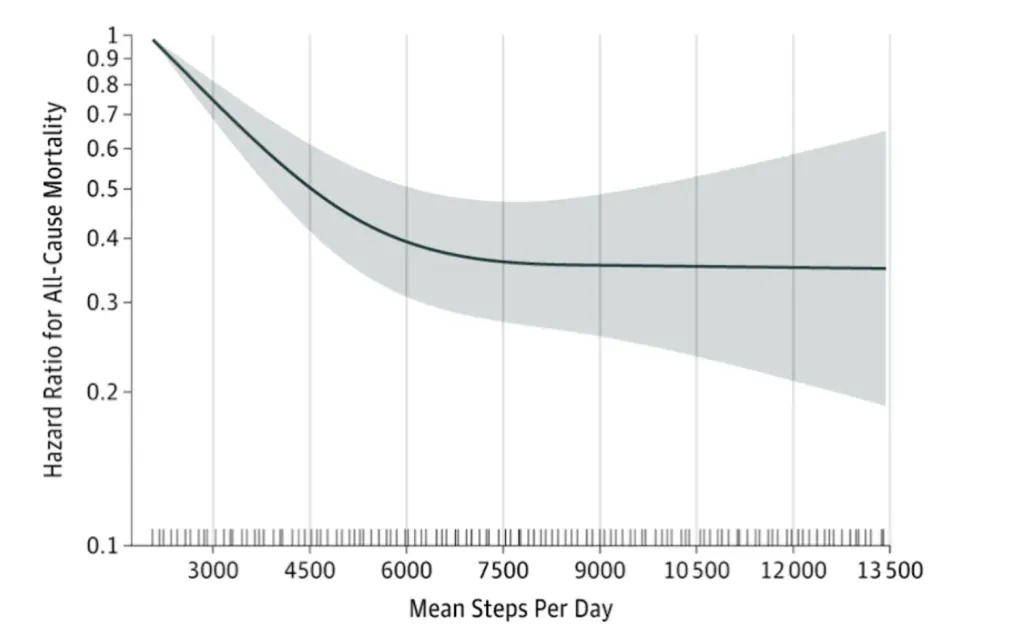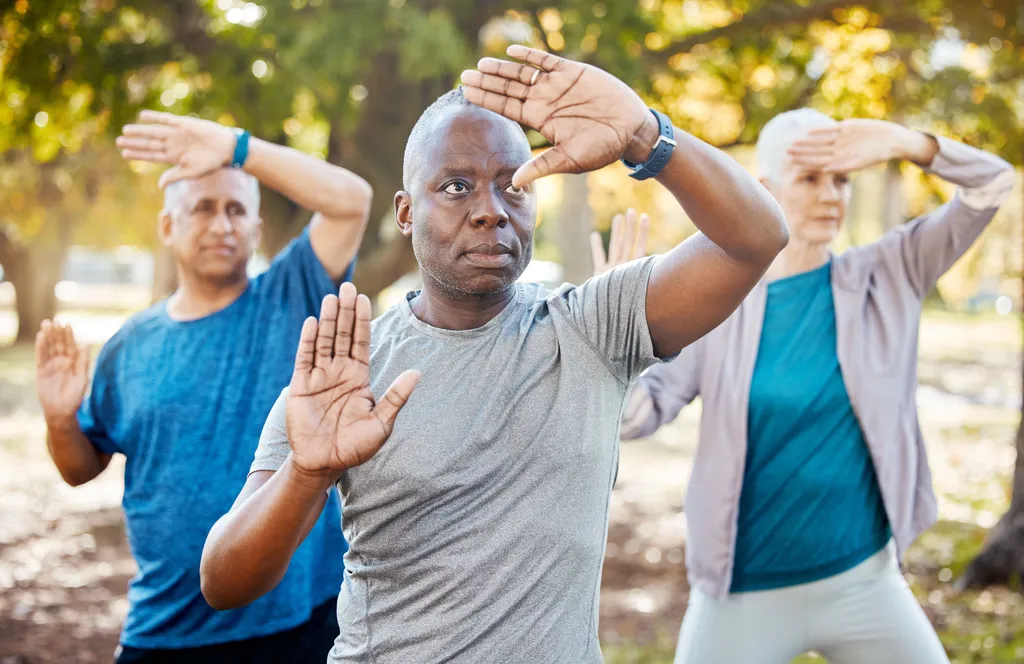How to Reap the Most Out of Your Exercise

In a previous article, we discussed physical inactivity and its profound effects on cardiovascular health. In this article, we’ll review what we can do to fend off the health risks associated with physical inactivity.
Shockingly, we learn that if you don't stay moving during the day, even a one hour workout daily doesn't improve your health or fat burning.
The Studies
In April 2022, the Exercise and Sport Sciences Review published an interesting article that explored a series of studies where investigators looked into lack of physical activity and its association with risk of mortality and how walking plus exercise can offset these risks.1
To determine whether walking (measured in steps) and exercise (measured by 1 hour of running at moderate intensity) could help offset the risks of physical inactivity, investigators assessed post-meal markers.
These markers included the process of burning fats (high-fat oxidation) and the amount of fat in the blood after a meal (post-prandial plasma triglyceride). In other words:
- An increase (↑) of burning fats and a decrease (↓) of fats in the blood was used to measure healthy responses and an offset of risk
- A decrease (↓) of burning fats and an increase (↑) of fats in the blood was used to measure unhealthy responses and no offset of risk
The Results
The first thing that the investigators found was that participants that walked less than about 1,700 steps during the day negated any of the benefits of the evening 1-hour run at moderate intensity. It is important to note that running for 1 hour in the evening involves taking more than 10,000 steps, however, the steps during the run did not erase the effects of walking less than 1,700 steps during the rest of the day.
That means that if you take less than 1,700 steps during the day, you are not burning as much fat and you have more fat in your blood (an unhealthy response). If you also take less than 1,700 steps during the day and you do a 1 hour run in the evening, you are also not burning as much fat and you have more fat in your blood (also an unhealthy response).
The second thing that investigators found was that there was a significant improvement in healthy response when participants walked more than 8,500 steps followed by a 1-hour run compared to participants that walked less than 5,000 steps followed by a 1-hour run (See figure below with author’s notes in red).
This means that if you take more than 8,500 steps plus the 1 hour run, you are burning more fat and have less fat in your blood (a healthy response). If you take less than 5,000 steps plus the 1 hour run, you are burning less fat and have more fat in your blood (an unhealthy reponse, but not as unhealthy as taking less than 1,700 steps + 1h run).

Coyle 2022 Exerc Sport Sci Rev
The final thing that investigators found was that participants' risk of mortality continued to decline until plateauing at ~7,500 steps. While the goal of 10,000 steps per day is more commonly known, the results found in these studies indicate that there is not much more to gain after ~7,500. 2

Lee 2019 JAMA Int Med
Conclusion
Being consistenly physically active during the day, even when not intentially exercising can increase burning fats and decrease fats in the blood more than isolated exercise alone, thus offsetting the risks associated with physical inactivity.
Therefore, as mentioned in a previous article, consulting your doctor to identify a tailored and safe exercise program is, strongly recommended.
References
In a previous article, we discussed physical inactivity and its profound effects on cardiovascular health. In this article, we’ll review what we can do to fend off the health risks associated with physical inactivity.
Shockingly, we learn that if you don't stay moving during the day, even a one hour workout daily doesn't improve your health or fat burning.
The Studies
In April 2022, the Exercise and Sport Sciences Review published an interesting article that explored a series of studies where investigators looked into lack of physical activity and its association with risk of mortality and how walking plus exercise can offset these risks.1
To determine whether walking (measured in steps) and exercise (measured by 1 hour of running at moderate intensity) could help offset the risks of physical inactivity, investigators assessed post-meal markers.
These markers included the process of burning fats (high-fat oxidation) and the amount of fat in the blood after a meal (post-prandial plasma triglyceride). In other words:
- An increase (↑) of burning fats and a decrease (↓) of fats in the blood was used to measure healthy responses and an offset of risk
- A decrease (↓) of burning fats and an increase (↑) of fats in the blood was used to measure unhealthy responses and no offset of risk
The Results
The first thing that the investigators found was that participants that walked less than about 1,700 steps during the day negated any of the benefits of the evening 1-hour run at moderate intensity. It is important to note that running for 1 hour in the evening involves taking more than 10,000 steps, however, the steps during the run did not erase the effects of walking less than 1,700 steps during the rest of the day.
That means that if you take less than 1,700 steps during the day, you are not burning as much fat and you have more fat in your blood (an unhealthy response). If you also take less than 1,700 steps during the day and you do a 1 hour run in the evening, you are also not burning as much fat and you have more fat in your blood (also an unhealthy response).
The second thing that investigators found was that there was a significant improvement in healthy response when participants walked more than 8,500 steps followed by a 1-hour run compared to participants that walked less than 5,000 steps followed by a 1-hour run (See figure below with author’s notes in red).
This means that if you take more than 8,500 steps plus the 1 hour run, you are burning more fat and have less fat in your blood (a healthy response). If you take less than 5,000 steps plus the 1 hour run, you are burning less fat and have more fat in your blood (an unhealthy reponse, but not as unhealthy as taking less than 1,700 steps + 1h run).

Coyle 2022 Exerc Sport Sci Rev
The final thing that investigators found was that participants' risk of mortality continued to decline until plateauing at ~7,500 steps. While the goal of 10,000 steps per day is more commonly known, the results found in these studies indicate that there is not much more to gain after ~7,500. 2

Lee 2019 JAMA Int Med
Conclusion
Being consistenly physically active during the day, even when not intentially exercising can increase burning fats and decrease fats in the blood more than isolated exercise alone, thus offsetting the risks associated with physical inactivity.
Therefore, as mentioned in a previous article, consulting your doctor to identify a tailored and safe exercise program is, strongly recommended.
References

about the author
Nathan Sweeney
Nathan W. Sweeney, Ph.D. - Dr. Sweeney is the Manager of Clinical Research for the HealthTree Foundation and a pediatric cancer survivor (ALL). He has 14 years of research experience including undergraduate research at the University of Utah, doctoral research in Cancer Biology at the University of Arizona, and post-doctoral research at the Huntsman Cancer Insitute. When he's not researching cancer you can find him mountain biking, fishing, or playing video games with his 6-year-old daughter.
More on Navigating Your Health
Trending Articles
Upcoming Events




Get the Latest Multiple Myeloma Updates, Delivered to You.
By subscribing to the HealthTree newsletter, you'll receive the latest research, treatment updates, and expert insights to help you navigate your health.












